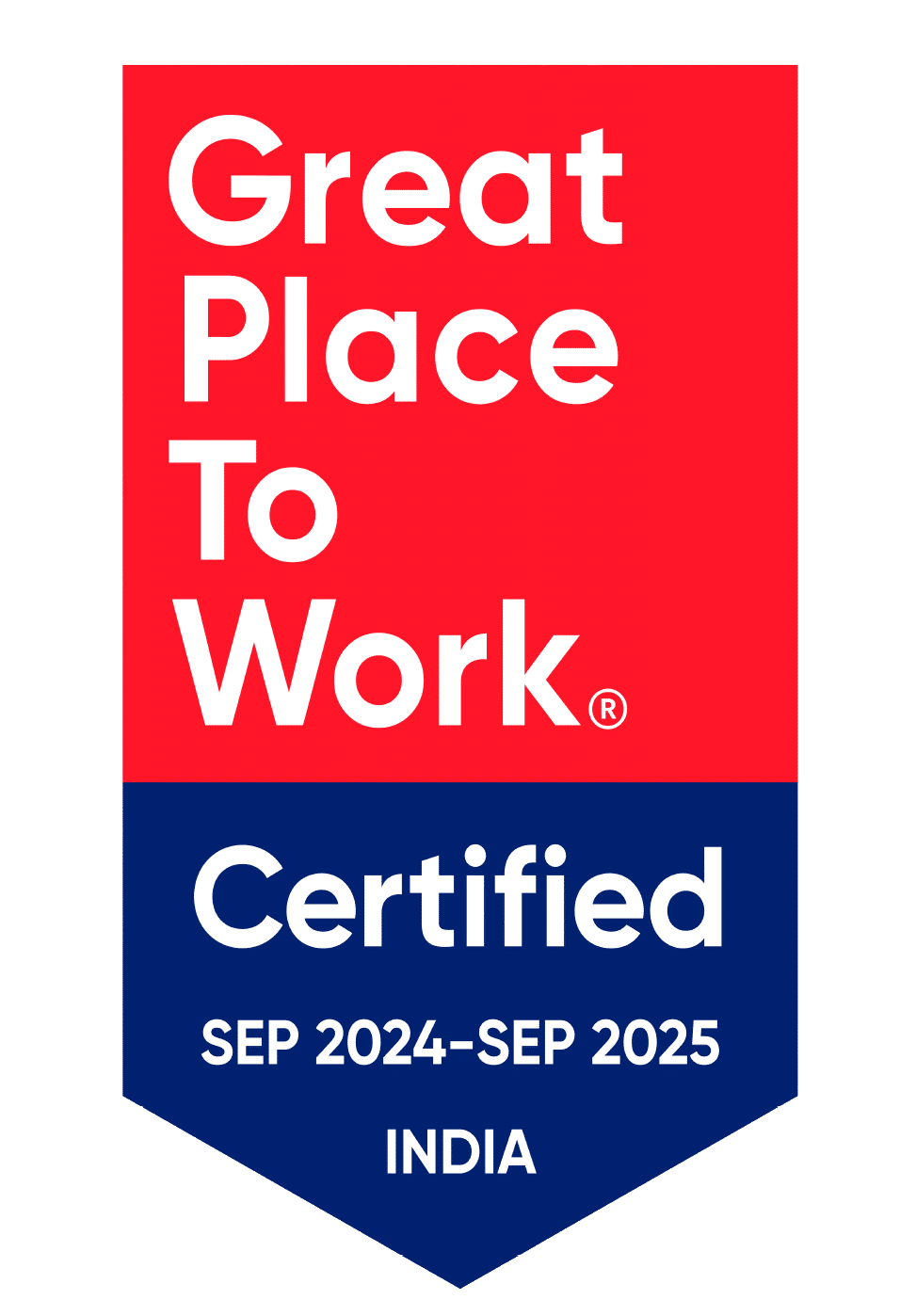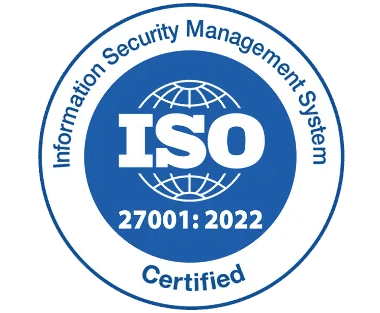What is Recruitment Process Automation and How it Works

Recruitment process automation is transforming how organizations hire by helping recruiters save time, reduce stress, and find talent faster and more efficiently. But what exactly is recruitment process automation, and how does it function?
If you are in talent acquisition, you have probably felt the stress—going through piles of resumes, trying to find time for interviews, and making sure candidates do not lose interest. It can burn you out, make everything feel rushed, and prevent you from doing what truly matters: connecting with the right people.
This is why recruitment process automation is a game-changer. It is not just a new tool—it is a better way to hire, operate, and grow your team. In this blog, we will explain what recruitment process automation means, how it works, and how it can help you and your team succeed.
What is Recruitment Process Automation?
Recruitment process automation (RPA) is the use of technology to handle routine hiring tasks. These tasks can include:
- Posting job ads to multiple sites
- Scanning and sorting resumes
- Scheduling interviews
- Sending follow-up emails to candidates
- Collecting feedback from interviewers
- Managing onboarding steps
Instead of doing these jobs manually, you use software to get them done faster and more accurately. This technology is not about replacing people; it is about freeing them to do what only humans can do—build relationships, think strategically, and choose the best candidates.
Why Recruitment Process Automation Matters Now:
Winning top talent is harder than ever. Skilled professionals get multiple offers. If your method is not fast and smooth, they will move on. Automated systems solve this issue by speeding things up, ensuring clear communication, and giving your employees more time to focus on building meaningful connections.
The Benefits of Recruitment Process Automation:
This technology is not just a tool—it is a revolution in how hiring gets done. Whether your team is large or small, this technology helps you operate faster, smarter, and more efficiently. Here is how:
1. Save Time and Boost Productivity:
Sorting resumes, sending emails, and scheduling interviews can eat up hours of your day. Technology takes care of these repetitive tasks, giving your team time to focus on high-impact activities—like building real connections with great people.
2. Lower Hiring Costs:
The more time your team spends on manual tasks, the higher the cost. Automating routine duties helps your recruiters manage more applications with fewer resources. This results in quicker timelines and reduced expenses.
3. Create a Better Experience for Applicants:
In today’s competitive job market, people expect fast replies. Automation keeps communication clear and timely, helping applicants feel respected—and more likely to say yes when it counts.
4. Make Informed Decisions:
Automated tools collect valuable data throughout the recruitment journey. You can track which steps best, identify delays, and adjust to improve efficiency and accuracy in your decisions.
5. Promote Fairness and Consistency:
Doing everything by hand in the hiring journey can lead to mistakes or unfair decisions, even without meaning to. It ensures every candidate is evaluated the same way, helping you reduce bias and support diversity and inclusion efforts.
How Recruitment Process Automation Works at Each Hiring Stage:
Recruitment process automation is designed to simplify every step of the hiring journey. Let us break down how it performs—from posting an opportunity to welcoming your newest team member.
1. Role Posting and Distribution:
Once you create the listing, automation steps in. The system shares it across top platforms like Indeed, Glassdoor, and LinkedIn—all with a single click.
Key Benefits:
- Reach more candidates quickly
- No need to post on multiple platforms manually
- Save time and effort
2. Resume Screening and Candidate Sorting:
Instead of manually reviewing hundreds of resumes, set up criteria like ‘must have 3 years of experience’ or ‘must possess SQL skills. The software then scans resumes and ranks applicants based on these criteria.
Key Benefits:
- Speed up resume screening
- Consistent evaluations for every candidate
- Minimize human bias
3. Interview Scheduling and Coordination:
Automated tools allow candidates to select interview times that operate best for them. Calendar invites are automatically sent to confirm the time.
Key Benefits:
- Say goodbye to endless email exchanges
- Reduce the number of no-shows
- Keep everything updated in real time
4. Communication Made Easy:
Automated emails and texts keep people in the loop every step of the way. Chatbots can also provide immediate answers to frequently asked questions.
Key Benefits:
- Keep talent engaged
- Reduce drop-offs during the journey
- Build a stronger employer brand
5.Assessments and Skills Testing:
Once a candidate is ready for testing, automated assessments can be sent directly to them. Results are automatically recorded and added to your system for easy review.
Key Benefits:
- Speed up skill evaluations
- Provide fair, consistent scoring
- Make data-driven hiring decisions
6.Onboarding New Hires:
Smart systems can handle the next steps—like sending documents, collecting signatures, and assigning onboarding tasks—so your new hire is ready to go from day one.
Key Benefits:
- Efficient onboarding experience
- Make paperwork and training seamless
- Ensure smooth transitions for new hires
How to Start with Recruitment Process Automation:
Start small and build up from there. Here is a simple path to help you get started:
Step 1: Assess Your Workflow
Start by reviewing how your current system operates. Identify bottlenecks and repetitive tasks that consume a lot of time. These are the perfect areas to introduce automated solutions first.
Step 2: Identify Tasks to Automate
Start by focusing on the daily tasks that eat up your time but do not need a personal touch. These are the quick wins—easy to automate and big on impact. Great starting points include:
- Sorting through resumes
- Setting up interviews
- Sending follow-up emails
Once you have mastered these, move on to more complex areas, like skills testing or getting new hires ready to start.
Step 3: Choose the Right Tools
Choose solutions that integrate easily with your current systems. Ensure the platform is user-friendly, backed by solid customer support, and flexible enough to grow with your needs.
Key Considerations:
- Integration with current software
- Ease of use for all involved
- Scalability as your needs increase
Step 4: Provide Training
Let your people know that technology is here to support them—not take over their roles. Set up simple training sessions, encourage open questions, and keep the conversation flowing. The real aim is to boost confidence, not create worry.
Step 5: Measure Results
Track key metrics like how quickly you are filling roles, how people feel about the experience, and how many offers are accepted. If you see improvements in these areas, it is a sign that the system is doing its job.
Common Challenges and How to Overcome Them:
Even with all the benefits, there can still be some challenges. Here are some common challenges—and how to solve them:
1. Fear of Change:
Some team members might feel uneasy, fearing technology could replace their roles. It is crucial to help your talent understand that these tools are meant to support their work, not replace it. They take the pressure off by handling repetitive tasks, allowing your people to focus on the more meaningful aspects of their role.
How to Overcome It:
Communicate openly and clearly with everyone involved. Explain that these solutions manage time-consuming tasks so they can focus on more impactful work, like connecting with people and making decisions. Make sure they understand that technology is a tool, not a replacement.
2. Choosing the Wrong Solution:
It is easy to go for the most popular option, but that does not always mean it is the right fit. Choosing the right platform for your group is crucial for long-term success.
How to Overcome It:
Do not rush the decision. Always ask for product demos or trial periods to see if the tool meets your needs. Focus on solving your actual challenges, not just picking what looks shiny in ads. Explore thoroughly and select a solution that fits your operations best.
3. Poor Integration:
If your new system does not connect well with the one you already use, it can slow things down and frustrate your team.
How to Overcome It:
Before investing in any new platform, talk to your IT staff or the product vendor. Confirm that the technology will integrate smoothly with your existing setup. Ask for clear details on how everything will connect and get input from tech experts to avoid any unpleasant surprises.
4. Skipping Training:
Even the best software would not help much if your employees do not know how to use it. Lack of training can lead to errors and wasted time.
How to Overcome It:
Ensure your staff is well-trained and confident using the system. Do not just show them how to use the tool—help them understand why it is useful and how it can make their work easier. Make sure everyone feels comfortable with the tool and offer ongoing support if needed.
Why Recruitment Process Automation Matters?
- Recruiting is more than just filling positions—it is about making a difference in people’s lives. You are helping people take the next step in their journey, bringing the right minds together, and creating something meaningful for everyone involved.
- But when your day is filled with endless, repetitive duties, it is easy to lose sight of that bigger purpose. It starts to feel like just another to-do list, instead of the meaningful activities it should be.
- That is where recruitment process automation comes in. It frees up your time and energy, allowing you to focus on the things that truly matter: connecting with people, understanding their goals, and executing together to create something incredible.
Final Thought:
Recruitment process automation is not about removing the human touch from hiring—it is about giving recruiters more time to focus on what really matters. It is about unlocking your team’s full potential, creating a way of performing that is not only quick and efficient but also fair and full of the heart.
Are you ready to make things faster and smarter?
Book a demo today and let us build the future of recruiting—together.
Frequently Asked Questions
Will automation take over the recruiter's role?
Not at all! Recruitment Process Automation is here to support, not replace. It handles the time-consuming responsibilities—like sorting resumes or sending follow-up emails—so recruiters can do what they do best: build real connections, understand people’s goals, and create strong staff. It actually makes your role more human, not less.
Is this only for big companies?
No. Recruitment Process Automation projects for businesses of all sizes. Smaller organizations and growing businesses can gain just as much. Most tools are flexible and offer plans that match your size and budget. You can begin with the basics and expand when the time feels right.
How do I decide what to automate?
Start by looking at where you spend the most time on repeat. Tasks like reviewing resumes, setting up interviews, or sending updates are perfect places to begin. Automate the steps that slow you down and build from there.
Will this make things feel cold or robotic?
Not at all. When used effectively, recruitment technology helps you stay in touch more often—and more consistently. Candidates receive faster replies, clear updates, and an overall smoother experience. That makes them feel respected and valued.
Is switching to these tools complicated?
It is easier than you might think. The best platforms are designed to be user-friendly, and most offer step-by-step support to help you get started. With the right training and guidance, your team can adjust quickly and start seeing results fast.
What features should I look for in the best Citizen Civic App?
Look for automation, real-time tracking, push notifications, and user-friendly design.










_svxLrd-8yH.png)

_2VYSFUTN5m.png)

_JiluXJRGNl.svg)

_2djTKNocf.png)





_Rapo0hRMBy.png)










